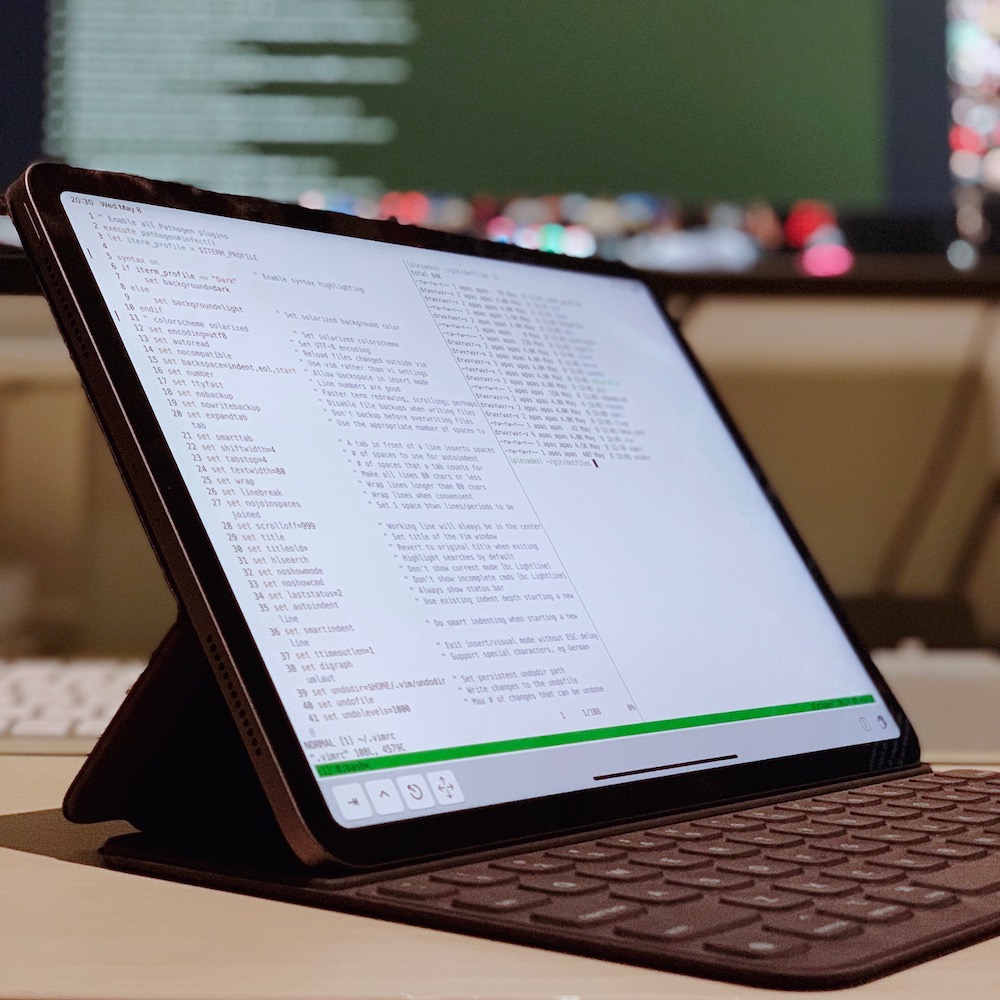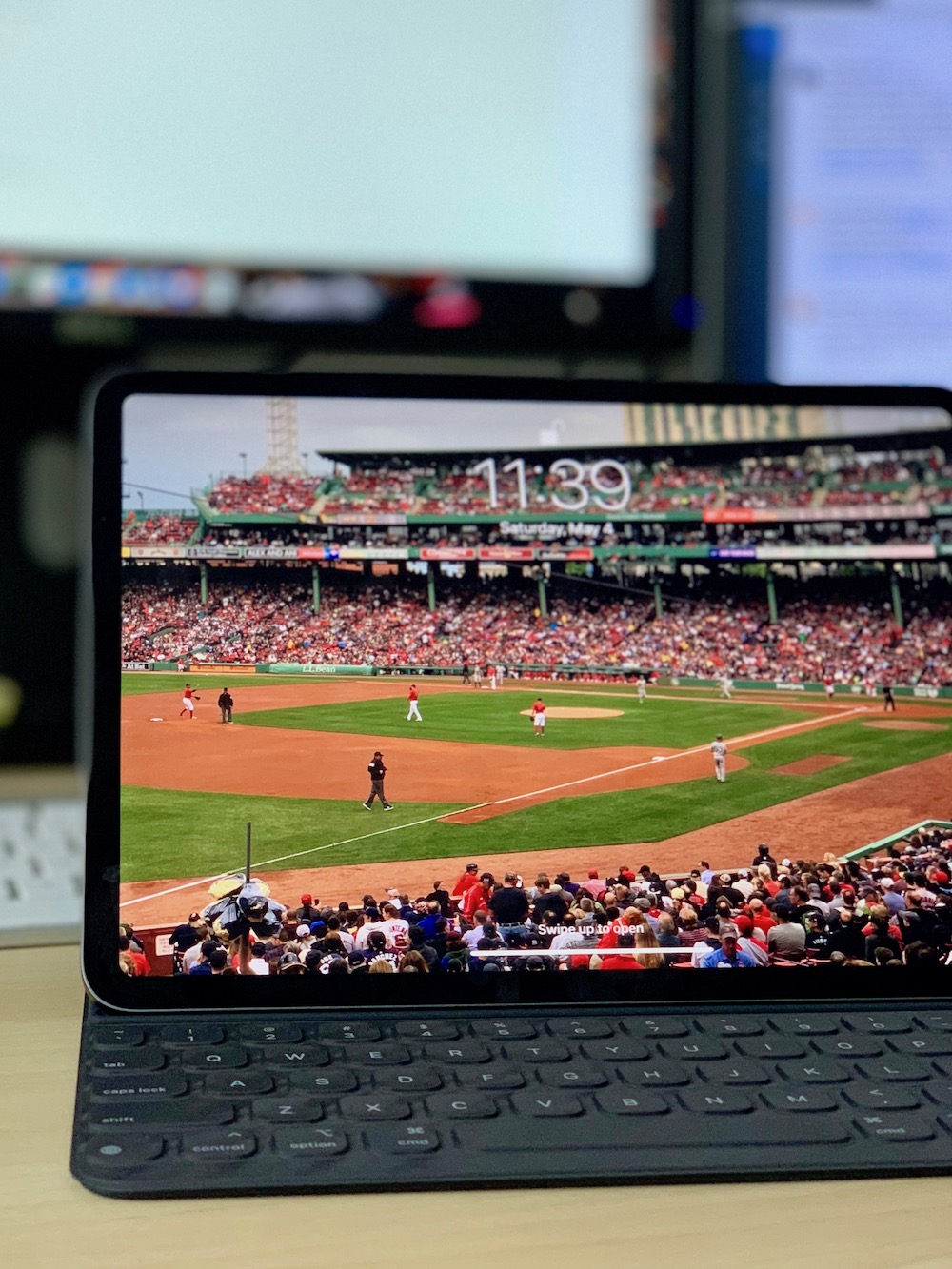One year passeth away, and another year cometh: but the earth abideth for ever. The sun also ariseth, and the sun goeth down, and hasteth to his place where he arose.
Nothing is built on stone; all is built on sand, but we must build as if the sand were stone.
The distance between the countries compensates somewhat for the excessive closeness of the times.
There is a place we call home and a place we long to be. The human condition funambulates between homecoming and adventure, the temporal and the eternal, Hobbit-like homely order and rapturous exploration. Man insatiably yearns for both—at the same time—and more often than not, he doesn’t have the slightest idea of what he’s doing or where he wants to be.
Yearning for home should not be thought of as an escape from the world but an affirmation of it—in other words, the return journey is at the same time the forward journey into the place of belonging. In many ways, the year of our lord 2020 has been a year of an all out war against entropy. In reality, our return journey, which is a journey back to a much desired normalcy—the old and known and usual—has been a forward journey forged by audacious science and progress, our new homecoming.
We didn’t know where we wanted to be. “For,” as Ulysses said to Athena, “I see the true state of all us that live—dim shades and weightless shadow.”
Yet, in the grand scheme of things and amidst the onslaught of all the horrible events of the year past, we echoed Isaiah (“I heard the voice of the Lord, saying, Whom shall I send, and who will go for us? And I said, Here am I; send me.”) In spite and because of all that happened, we are coming back roaring and growling, punching our way through all the adversity. 2020—or at least its ending—has been in a sense Kazantzakian: “we are wounded but still standing on our feet.” We don’t usually look far ahead unless for a fat tail that shakes us to our core. There is an inherent pessimism in the micro and optimism in the macro: we are aloof until we aren’t.
Bertram Cooper reminds us of a Japanese saying, “a man is whatever room he is in.” And we’re now in the room delivering. The first ever working mRNA vaccines for humans. (The Moderna vaccine was designed in two days and without access to COVID-19.) A powerful new CPU architecture by Apple. SpaceX reminding us that we’re still pioneers and that our greatest accomplishments cannot be behind us. GPT-3 showing us the future of man, machine, and language. Proliferation of electric and driverless cars. Starlink attempting satellite-based internet connections across the world. Tremendous progress in solar power. The possibility of a universal flu vaccine. A revolution of biotechnology with new CRISPR techniques.
To put it on a bumper sticker: the world is open for play. Don’t give up the ship. Some work of noble note may yet be done. Nothing ends here.

